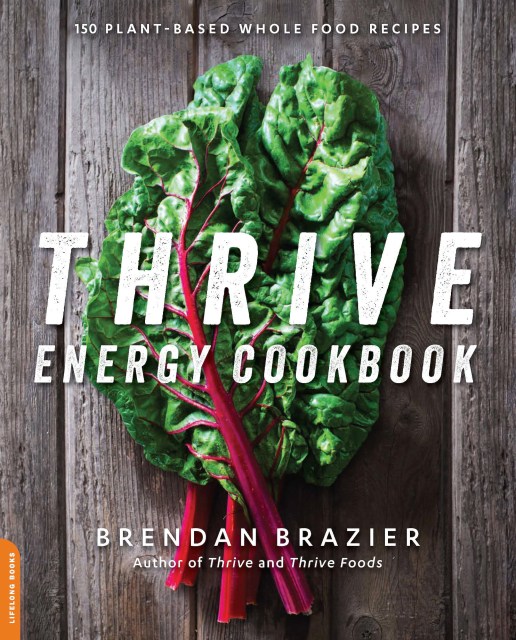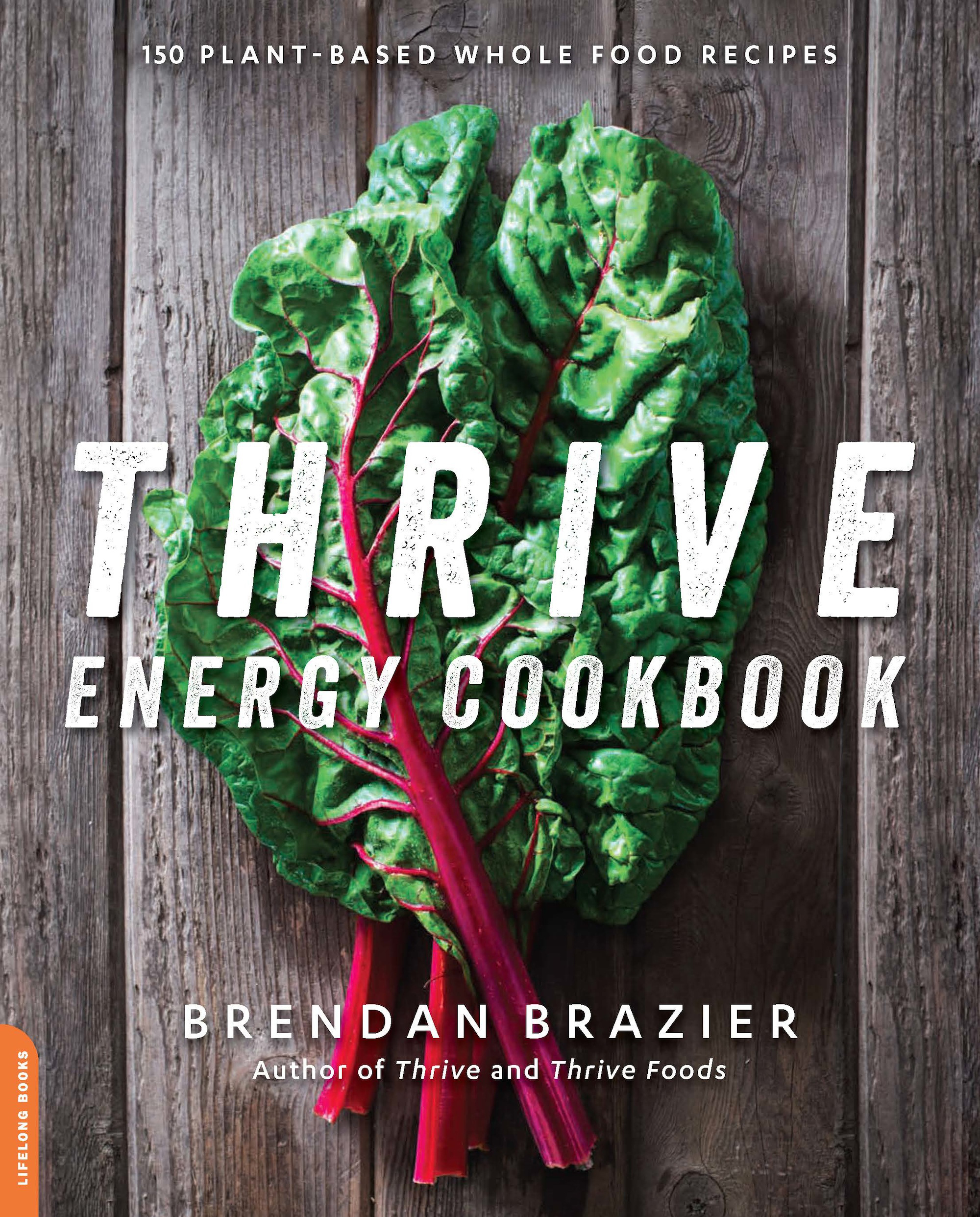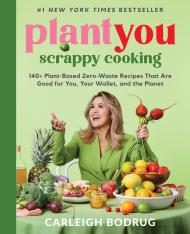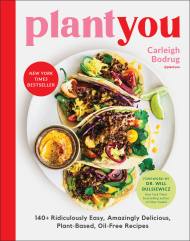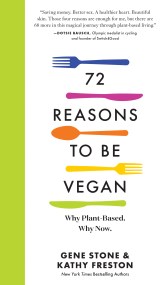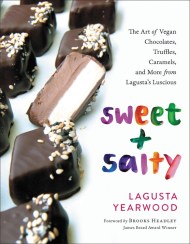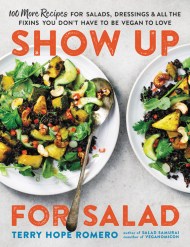Promotion
Shop now and save 20% on your back-to-school purchases & get free shipping on orders $45+ Use code: SCHOOL24
Thrive Energy Cookbook
150 Plant-Based Whole Food Recipes
Contributors
Formats and Prices
Price
$13.99Format
Format:
- ebook $13.99
- Trade Paperback $24.99
This item is a preorder. Your payment method will be charged immediately, and the product is expected to ship on or around March 4, 2014. This date is subject to change due to shipping delays beyond our control.
Also available from:
Packed with 150 plant-based, nutrient-dense, whole food recipes developed within the Thrive nutritional philosophy, Thrive Energy Cookbook brings concepts that started the functional, plant-based nutrition revolution to life. Recipes are all vegan and allergen-free (or with gluten-free options) to eliminate wheat, yeast, gluten, soy, refined sugar, and dairy from your diet.
Easy-to-make and performance-enhancing, these chef-created recipes merge purpose driven functionality (every ingredient has a nutritional purpose) with mouth-watering appeal. From the alkaline-forming, plant protein-packed Vanilla-Almond-Mocha Motivator Smoothie to Roasted Red Pepper & Sweet Potato Soup, Thai Green Curry Rice Bowl, and desserts such as Raspberry Chocolate Pomegranate Tart, Thrive Energy Cookbook will have you quickly preparing nutrient-packed and delicious dishes.
Easy-to-make and performance-enhancing, these chef-created recipes merge purpose driven functionality (every ingredient has a nutritional purpose) with mouth-watering appeal. From the alkaline-forming, plant protein-packed Vanilla-Almond-Mocha Motivator Smoothie to Roasted Red Pepper & Sweet Potato Soup, Thai Green Curry Rice Bowl, and desserts such as Raspberry Chocolate Pomegranate Tart, Thrive Energy Cookbook will have you quickly preparing nutrient-packed and delicious dishes.
- On Sale
- Mar 4, 2014
- Page Count
- 320 pages
- Publisher
- Da Capo Lifelong Books
- ISBN-13
- 9780738217413
Newsletter Signup
By clicking ‘Sign Up,’ I acknowledge that I have read and agree to Hachette Book Group’s Privacy Policy and Terms of Use
